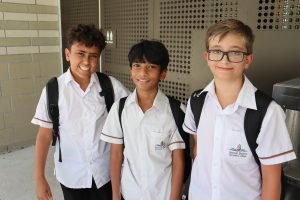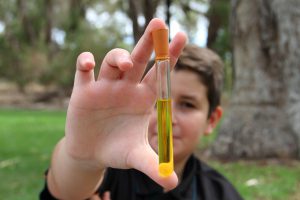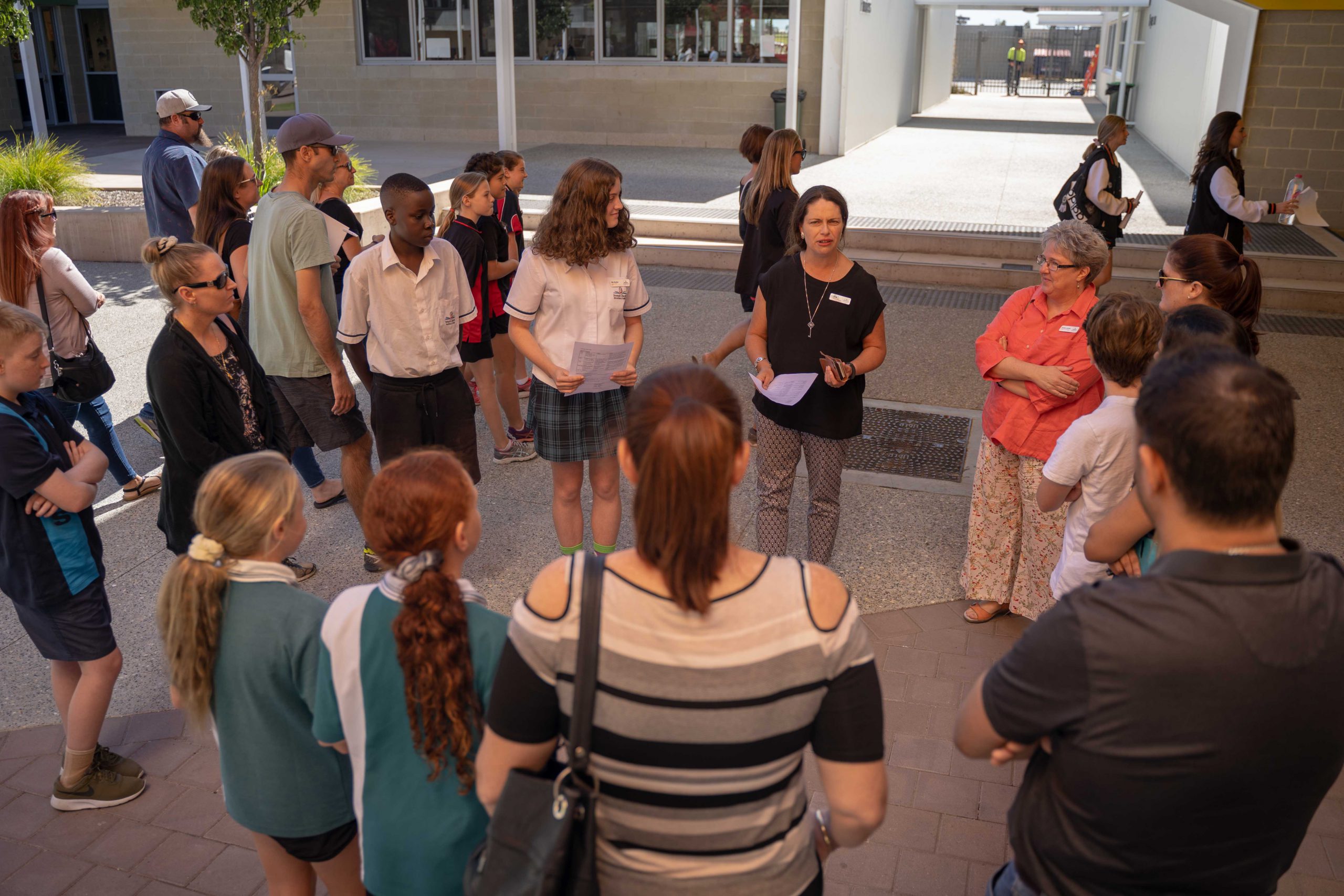English – Year 7
Course Code: 7ENG
Domain: English
Timetable: Trimester
Length of Course: 1 Year
Course Information
In Years 7 and 8, Joseph Banks Secondary College students communicate with peers, teachers, individuals, groups and community members in a range of face-to-face and online/virtual environments. They experience learning in familiar and unfamiliar contexts that relate to the school curriculum, local community, regional and global contexts.
Students engage with a variety of texts for enjoyment. They listen to, read, view, interpret, evaluate and perform a range of spoken, written and multimodal texts in which the primary purpose is aesthetic, as well as texts designed to inform and persuade. These include various types of media texts including newspapers, magazines and digital texts, early adolescent novels, non-fiction, poetry and dramatic performances. Students develop their understanding of how texts, including media texts, are influenced by context, purpose and audience.
The range of literary texts Year 7 and 8 comprises Australian literature, including the oral narrative traditions of Aboriginal and Torres Strait Islander Peoples, as well as the contemporary literature of these two cultural groups, and classic and contemporary world literature, including texts from and about Asia.
Literary texts that support and extend students in Years 7 and 8 as independent readers are drawn from a range of realistic, fantasy, speculative fiction and historical genres and involve some challenging and unpredictable plot sequences and a range of non-stereotypical characters. These texts explore themes of interpersonal relationships and ethical dilemmas within real-world and fictional settings and represent a variety of perspectives. Informative texts present technical and content information from various sources about specialised topics. Text structures are more complex including chapters, headings and subheadings, tables of contents, indexes and glossaries. Language features include successive complex sentences with embedded clauses, unfamiliar technical vocabulary, figurative and rhetorical language, and information supported by various types of graphics.
Our students create a range of imaginative, informative and persuasive types of texts, for example narratives, procedures, performances, reports and discussions, and are beginning to create literary analyses and transformations of texts.
Additional Information
Estimated Charges: TBC



